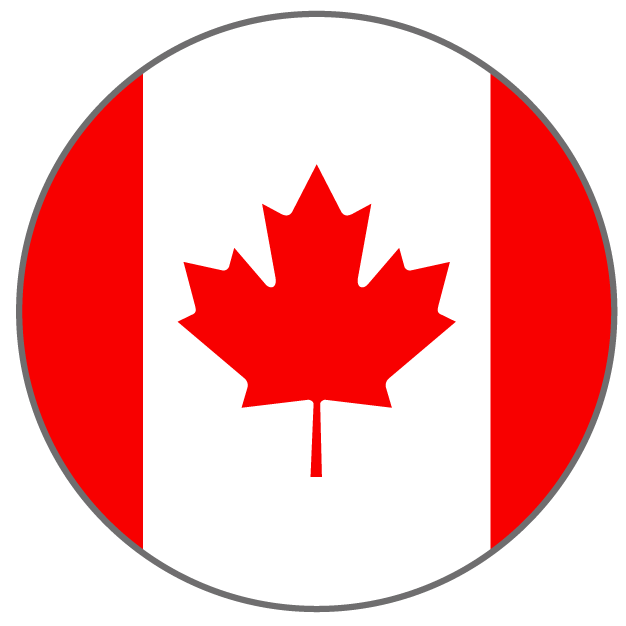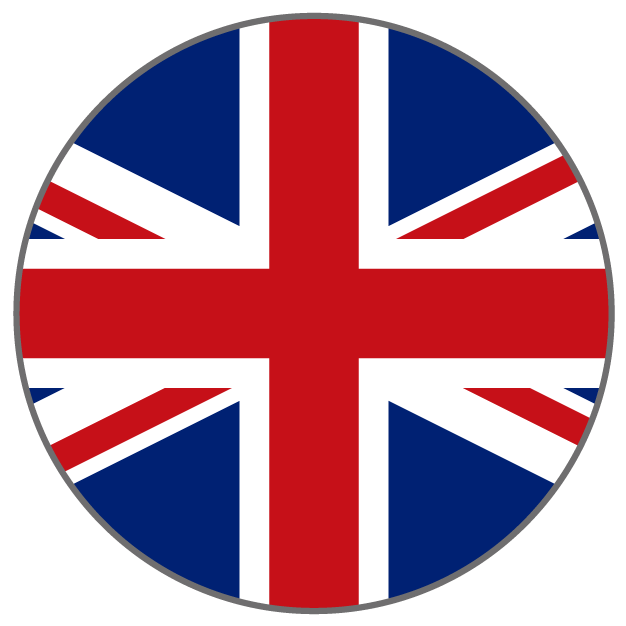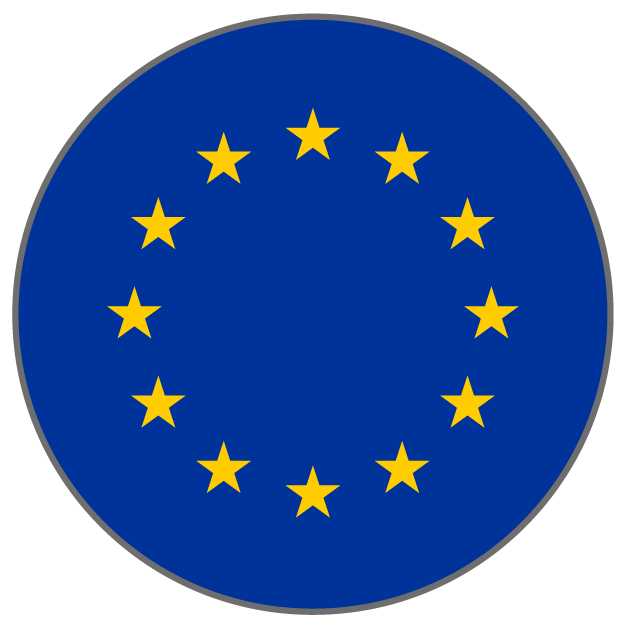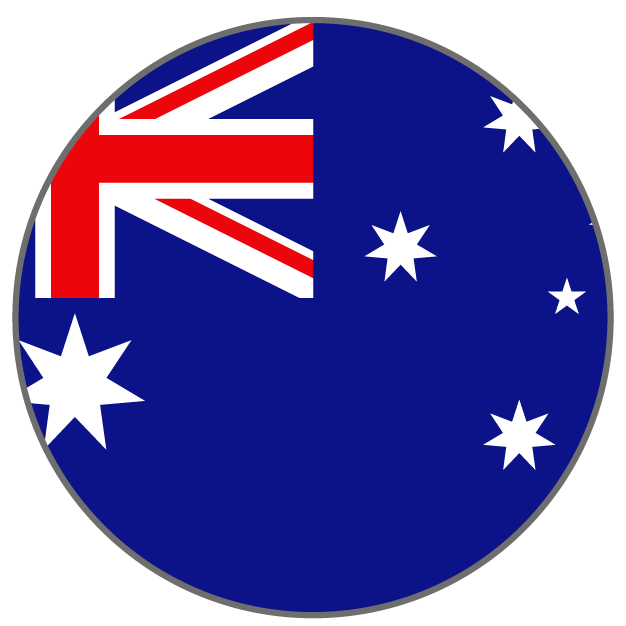Easing inflation concerns globally have allowed central banks to hold key interest rates steady at what are likely to be the highest levels for this cycle. The duration that we expect them to keep interest rates at peak levels is not outside of the historical norms. But the factors underpinning the length of the pause, and the potential end of the coming easing cycle could all be different this time around.
Highlights:
- In the last round of meetings, most central banks hinted at rate cuts this year but all continued to push back discussions for an imminent move, stressing the need for patience before inflation sustainably returns to target rates.
- We maintain our view that the Bank of Canada and Federal Reserve will start easing in June, and now also expect the European Central Bank to cut rates in June, followed by the Bank of England in Q3 and the Reserve Bank of Australia in Q4 this year.
- Topic in focus: How will the rest of this current rate cycle from the BoC compare with previous ones? In short, we expect more things to differ than to stay the same.
Expectations for first cuts gather around mid-year
Central banks kicked off the first round of policy meetings in 2024 by reinforcing that additional interest rate hikes won’t (likely) be necessary, while at the same time stressing that it’s too early to pivot to outright rate cuts. All opted to hold rates steady and, for the first time since 2022, did so without an explicit hiking bias. While inflation readings have broadly been moving lower, we continue to expect patience from the central banks, and anticipate the ECB, BoC, and Fed to all make that first cut in Q2 (June) with the BOE to follow in Q3 (August).
To borrow Chair Powell’s words, global central banks are currently in a “risk management mode,” balancing between inflation and downside economic risks. Those downside risks have also been receding, leaving more room for central banks to stay idle at peak policy rates for longer. The U.S. economy continues to surprise significantly on the upside without a reacceleration in inflation to-date. And purchasing managers’ indices suggest demand in the Euro Area and the UK may already have bottomed. Equity markets have climbed to new highs on persistent resilience in the US economy, and the U.S. dollar has remained strong.
Central bank bias
Central Bank
Current Policy Rate
(Latest Move)
Next move
 BoC
BoC
5.00%
+0 bps in Jan-24
0 bps
in Mar-24
 Fed
Fed
5.25-5.50%
+0 bps in Jan-24
0 bps
in Mar-24
 BoE
BoE
5.25%
+0 bps in Feb-24
0 bps
in Mar-24
 ECB
ECB
4.00%
+0 bps in Jan-24
0 bps
in Mar-24
 RBA
RBA
4.35%
+0 bps in Feb-24
0 bps
in Mar-24
How will this rate cycle compare to prior ones?
Let’s start with similarities
1. Duration of peak interest rate
The last rate hikes from the BoC and Fed were in July 2023. The expectation for the first cut to come around summer this year means both central banks will have been maintaining peak levels of key rates for just under a year. That’s within the range of historical precedents.
Over the course of the start of inflation targeting in Canada in 1991 to the onset of the pandemic in 2020, the overnight rate has, generally, been shifting lower from cycle to cycle. It’s seen less movement overall and was held at peak levels for longer periods. More recently, the overnight rate was held at 1.75% for 17 months before the pandemic led to cuts in March 2020. Historical trends look very similar for the Fed, which held the peak level of Fed funds range for periods ranging from six to 18 months in cycles since the 1990s.
2. BoC and Fed’s independent monetary policy turning into similar paths
The BoC is an independent central bank and bases decisions on domestic economic conditions instead of mirroring the Fed’s actions. The central bank hiked rates in 2010 upon a faster rebound in the Canadian economy from the global financial crisis, when the Fed chose to remain on hold. The gap between the Fed funds target rate and the BoC’s overnight rate has grown to as wide as 250 basis points over the last three decades.
Still, with the Canadian economy inextricably linked to the U.S., and the potential for changes in the currency to impact inflation trends, monetary policy can only diverge so much. Historically, broader divergence in interest rate policy has mostly resulted from timing with the BoC lagging the Fed’s actions often by a few months.
Our expectation that the BoC and Fed will start cutting rates around the same time this year stems from two factors. First, the two countries have seen very similar progress with inflation over the past year. And secondly, the Fed has historically been more reactive at the turns of rate cycles, and would likely have already acted if the U.S. economic backdrop looked like Canada’s soft conditions.
That similar path for interest rate policy – despite a very different macroeconomic growth backdrop – also suggests limited impact on the Canadian dollar, which we expect to remain broadly rangebound versus the U.S. dollar this year.
What’s different?
1. BoC has been slower to react to weaker economy in this cycle
The current expectation for the overnight rate to start edging lower this year before returning to a “neutral” level in 2025 will mark the first time since the 1990s that the key rate has been held in a restrictive territory for nearly two years since it started rising in March 2022. Central banks typically respond quickly with lower interest rates once labour markets start to soften. But the start of rate cuts in Canada that we expect in June would mark more than a year since the unemployment rate started to rise in the spring of 2023.
The longer reaction time (relative to that softening economic backdrop) has been due to a couple of factors. The BoC hasn’t needed to be this worried about inflation for decades, and part of the plan to bring inflation lower included cooling off overheated labour markets. Also, the increase in the unemployment rate is more due to longer job search times as labour supply growth outpaces hiring demand instead of outright layoffs.
Still, the Canadian economy looks soft enough to warrant interest rate reductions. The question is how long it will take policymakers to be reassured that inflation pressures are back under control.
2. The landing point
Unlike prior cycles, central banks are not expected to cut interest rates back to the ultra-low levels they started hiking from. The global economy looks better able to handle higher interest rates than previously feared, even with more pronounced softening in regions like Canada that are more sensitive to interest rates. In a previous FMM update, we outlined how interest rates will likely be settling at a permanently higher level by the end of the upcoming easing cycle to keep price pressures contained. That’s given the upward pressure on the medium-term inflation outlook brought on by deglobalization, decarbonization, and an aging demographic.
Another element that differentiates this cycle is the political backdrop. 2024 marks a crucial election year where half of the global population is expected to head to the polls. The Fed is unlikely to react to pressure from candidates in the U.S. and neither is the central bank expected to respond in any way to prove its independence. What matters more is the medium-term fiscal outlook, especially in the U.S. where large deficits will remain a tailwind for the economy, regardless of the election result. CBO’s latest projections were for U.S. government budget deficit to widen to 6% of GDP by 2025. With the economy already running hot, higher interest rates (than otherwise would be the case) are needed to offset the inflationary impact of fiscal tailwinds.
Overall, we expect the neutral policy rates – the level of interest rates needed to maintain inflation at 2% to have increased in Canada and the U.S., and anticipate the overnight rate to be lowered to 3%, and the Fed funds range at 3.25%-3.5% sometime in 2025.
Download full PDF report including forecast tables:
This article is intended as general information only and is not to be relied upon as constituting legal, financial or other professional advice. A professional advisor should be consulted regarding your specific situation. Information presented is believed to be factual and up-to-date but we do not guarantee its accuracy and it should not be regarded as a complete analysis of the subjects discussed. All expressions of opinion reflect the judgment of the authors as of the date of publication and are subject to change. No endorsement of any third parties or their advice, opinions, information, products or services is expressly given or implied by Royal Bank of Canada or any of its affiliates.


 Learn More
Learn More